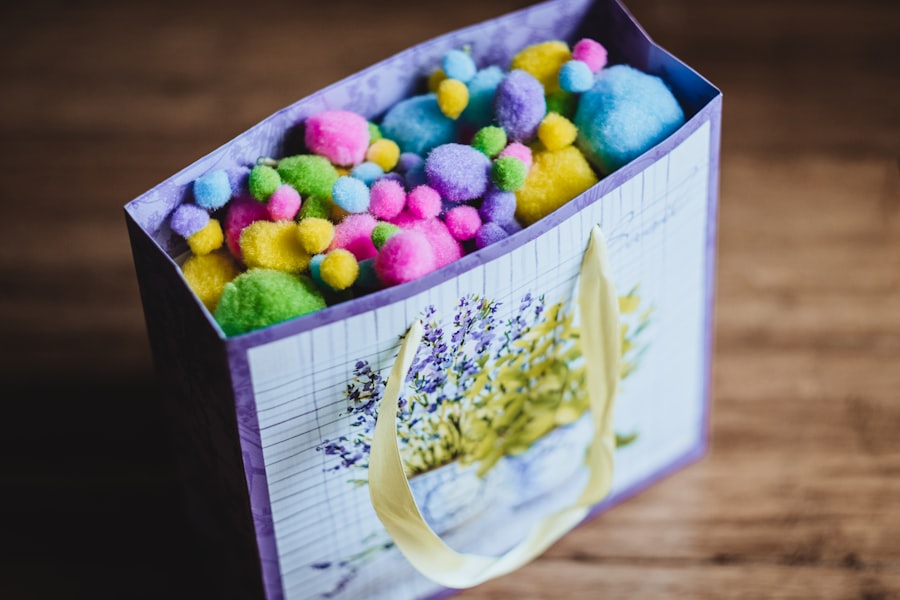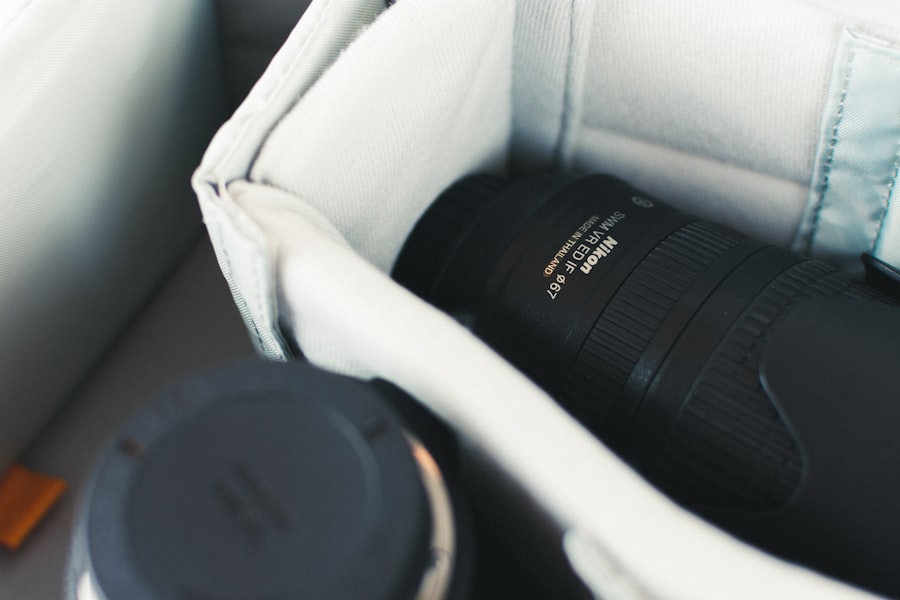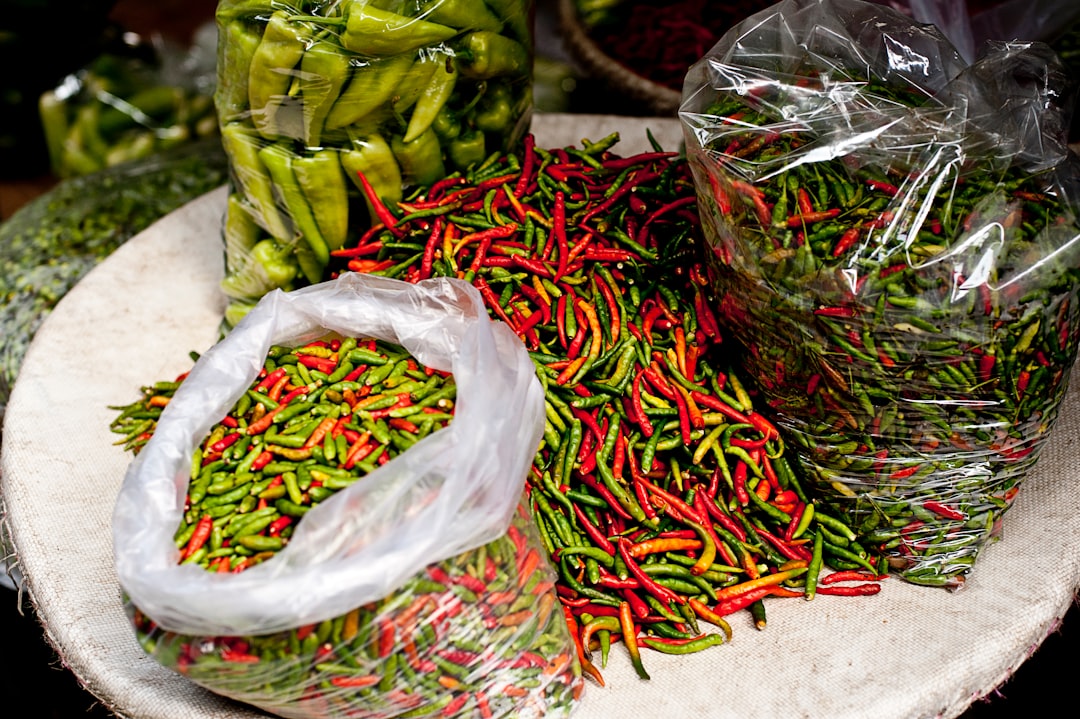Vermiculite is a naturally occurring mineral that undergoes a unique expansion process when heated. This mineral, which is a hydrated laminar magnesium-iron-aluminosilicate, is mined from deposits found in various parts of the world, including the United States, Brazil, and South Africa. When subjected to high temperatures, vermiculite expands significantly, creating a lightweight, porous material that is highly valued in horticulture and construction.
The expanded form of vermiculite resembles small, shiny, accordion-like flakes that can vary in color from golden brown to grayish-brown. The versatility of vermiculite extends beyond its physical properties; it is also an environmentally friendly option for various applications. As a non-toxic and chemically inert substance, it does not leach harmful substances into the soil or water, making it a safe choice for gardening and landscaping.
Its unique structure allows it to retain moisture and nutrients while providing aeration to plant roots, which is essential for healthy growth. This combination of characteristics has made vermiculite a popular choice among gardeners and horticulturists alike.
Key Takeaways
- Vermiculite is a natural mineral that is often used in gardening as a growing medium and soil amendment.
- The properties of vermiculite include excellent water retention, aeration, and nutrient exchange, making it an ideal choice for plant growth.
- Using vermiculite as a growing medium offers benefits such as improved soil structure, moisture retention, and root development.
- Vermiculite can be used in potting mixes to improve drainage and aeration, leading to healthier plant growth.
- When starting seeds, vermiculite can be used to provide a sterile, moisture-retentive environment for germination and seedling growth.
The Properties of Vermiculite
Vermiculite possesses several key properties that contribute to its effectiveness as a growing medium. One of its most notable features is its ability to retain moisture. The expanded flakes have a high surface area that can hold significant amounts of water, making it an excellent choice for maintaining soil moisture levels.
This property is particularly beneficial in arid climates or during dry seasons when plants are at risk of dehydration. In addition to moisture retention, vermiculite also provides excellent aeration. The porous structure allows for air circulation within the growing medium, which is crucial for root respiration.
Healthy roots require oxygen to thrive, and vermiculite’s ability to create air pockets within the soil helps prevent compaction and promotes robust root development. Furthermore, vermiculite has a neutral pH level, which means it does not significantly alter the acidity or alkalinity of the soil, allowing plants to absorb nutrients more effectively.
The Benefits of Using Vermiculite as a Growing Medium

Using vermiculite as a growing medium offers numerous advantages for both amateur and professional gardeners. One of the primary benefits is its lightweight nature, which makes it easy to handle and transport. This characteristic is particularly advantageous for container gardening or when creating raised beds, as it reduces the overall weight of the soil mix while still providing essential nutrients and moisture retention.
Another significant benefit of vermiculite is its ability to improve soil structure. When mixed with other components such as peat moss or compost, vermiculite enhances the overall texture of the growing medium. This improved structure allows for better drainage and aeration, reducing the risk of root rot and other moisture-related issues.
Additionally, vermiculite can help buffer nutrient availability in the soil, ensuring that plants receive a steady supply of essential elements for growth.
How to Use Vermiculite in Potting Mixes
Incorporating vermiculite into potting mixes is a straightforward process that can significantly enhance the quality of the growing medium. A common ratio for creating an effective potting mix is to combine equal parts of vermiculite, peat moss, and perlite. This blend provides an ideal balance of moisture retention, aeration, and drainage, making it suitable for a wide variety of plants.
When preparing your potting mix, it is essential to ensure that all components are well-mixed to achieve uniformity. Start by measuring out the desired quantities of each ingredient and combine them in a large container or wheelbarrow. Use a shovel or garden fork to thoroughly mix the materials until they are evenly distributed.
Once your potting mix is ready, fill your containers or pots with the mixture, leaving enough space at the top for planting. This well-balanced potting mix will support healthy plant growth by providing adequate moisture and nutrients while preventing compaction.
Using Vermiculite for Seed Starting
Vermiculite is an excellent choice for seed starting due to its fine texture and moisture-retaining properties. When starting seeds indoors or in a greenhouse, using a vermiculite-based mix can create an ideal environment for germination. The lightweight nature of vermiculite allows for easy handling and ensures that delicate seedlings are not weighed down by heavy soil.
To use vermiculite for seed starting, fill seed trays or small pots with pure vermiculite or a mixture of vermiculite and other components like peat moss or compost. Moisten the vermiculite before planting seeds to ensure consistent moisture levels during germination. After sowing the seeds at the recommended depth, cover them lightly with additional vermiculite if necessary.
The fine texture of vermiculite helps maintain humidity around the seeds while providing adequate drainage, promoting healthy root development as seedlings emerge.
Vermiculite as a Soil Amendment

In addition to its use as a growing medium, vermiculite can also serve as an effective soil amendment. When added to existing garden soil, it can improve both its structure and fertility. The incorporation of vermiculite into heavy clay soils can enhance drainage and aeration, preventing waterlogging and promoting healthier root systems.
Conversely, in sandy soils, vermiculite can help retain moisture and nutrients, creating a more balanced growing environment. To amend garden soil with vermiculite, start by determining the appropriate ratio based on your soil type and plant requirements. A common recommendation is to mix one part vermiculite with two parts existing soil.
Spread the vermiculite evenly over the soil surface and use a garden fork or tiller to incorporate it into the top 6-12 inches of soil. This process not only improves soil texture but also enhances nutrient availability by creating a more hospitable environment for beneficial microorganisms.
Using Vermiculite for Hydroponic Gardening
Hydroponic gardening has gained popularity as an efficient method for growing plants without soil, and vermiculite plays a vital role in this system. Its lightweight nature and excellent moisture retention make it an ideal medium for hydroponic applications.
In hydroponics, plants are grown in nutrient-rich water solutions, but incorporating vermiculite can provide additional support for root systems while maintaining optimal moisture levels.
In hydroponic setups, vermiculite can be used as a standalone growing medium or combined with other materials such as coconut coir or perlite. When using vermiculite in hydroponics, it is essential to monitor moisture levels closely since its high water retention can lead to over-saturation if not managed properly. Regularly check the moisture content and adjust watering schedules accordingly to ensure that plants receive adequate hydration without becoming waterlogged.
Tips for Using Vermiculite in Your Garden
When incorporating vermiculite into your gardening practices, there are several tips to keep in mind to maximize its benefits. First, always choose high-quality vermiculite from reputable suppliers to ensure that you are using a product free from contaminants or harmful additives. Look for expanded vermiculite that has been processed specifically for horticultural use.
Another important consideration is the proper storage of vermiculite. Keep it in a cool, dry place away from direct sunlight to prevent degradation of its properties over time. When mixing vermiculite with other components for potting mixes or soil amendments, ensure that all materials are dry before combining them; this will help maintain the integrity of the mixture and prevent clumping.
Choosing the Right Grade of Vermiculite
Vermiculite comes in various grades based on particle size, which can influence its suitability for different gardening applications. The grades typically range from fine to coarse, with finer grades being more suitable for seed starting and potting mixes due to their ability to retain moisture effectively. Coarser grades may be better suited for soil amendments or hydroponic systems where improved drainage is desired.
When selecting the right grade of vermiculite for your specific needs, consider the types of plants you are growing and their moisture requirements. For instance, delicate seedlings may benefit from finer grades that provide consistent moisture retention without overwhelming them with excess water. In contrast, larger plants with established root systems may thrive in coarser grades that allow for better drainage and aeration.
Safety Precautions When Handling Vermiculite
While vermiculite is generally considered safe for gardening applications, there are some safety precautions to keep in mind when handling it. Historically, some sources of vermiculite contained asbestos; however, modern horticultural-grade vermiculite is tested and certified free from asbestos contamination. It is crucial to purchase vermiculite from reputable suppliers who provide documentation confirming its safety.
When working with vermiculite, wearing gloves and a dust mask can help minimize exposure to any fine particles that may become airborne during mixing or handling. Additionally, ensure that you work in a well-ventilated area to reduce inhalation risks associated with dust particles. By taking these precautions, you can safely enjoy the benefits of using vermiculite in your gardening endeavors.
The Versatility of Vermiculite in Gardening
Vermiculite stands out as an incredibly versatile material in gardening due to its unique properties and numerous applications. From enhancing potting mixes and improving soil structure to serving as an effective medium for hydroponic systems and seed starting, its benefits are manifold. As gardeners increasingly seek sustainable and efficient solutions for plant cultivation, vermiculite continues to be a valuable resource that supports healthy plant growth while promoting environmental stewardship.
Whether you are an experienced horticulturist or just beginning your gardening journey, incorporating vermiculite into your practices can lead to thriving plants and bountiful harvests.
If you are interested in learning more about beautiful flowers that grow in Georgia, check out this informative article on beautiful flowers that grow in Georgia. Discover the different types of flowers that thrive in Georgia’s climate and how to care for them in your own garden.
FAQs
What is vermiculite?
Vermiculite is a naturally occurring mineral that is often used in gardening and horticulture. It is a type of mica that has been heated to a high temperature, causing it to expand into a lightweight, absorbent material.
What are the benefits of using vermiculite as a growing medium?
Vermiculite has excellent water retention properties, making it a great addition to potting mixes and soil. It also improves aeration and drainage, and helps to prevent compaction in the soil.
How is vermiculite used in gardening?
Vermiculite can be used as a standalone growing medium for starting seeds or rooting cuttings. It can also be mixed with soil or other growing mediums to improve moisture retention and aeration.
Is vermiculite safe to use in gardening?
Vermiculite itself is non-toxic and safe to use in gardening. However, it is important to use caution when handling vermiculite that may contain asbestos, as exposure to asbestos can be harmful to health.
Can vermiculite be reused?
Vermiculite can be reused multiple times, especially in seed starting and propagation. It should be sterilized before each use to prevent the spread of diseases and pests.
Where can I buy vermiculite?
Vermiculite can be purchased at garden centers, nurseries, and online gardening supply stores. It is available in various grades, so be sure to choose the appropriate grade for your specific gardening needs.

